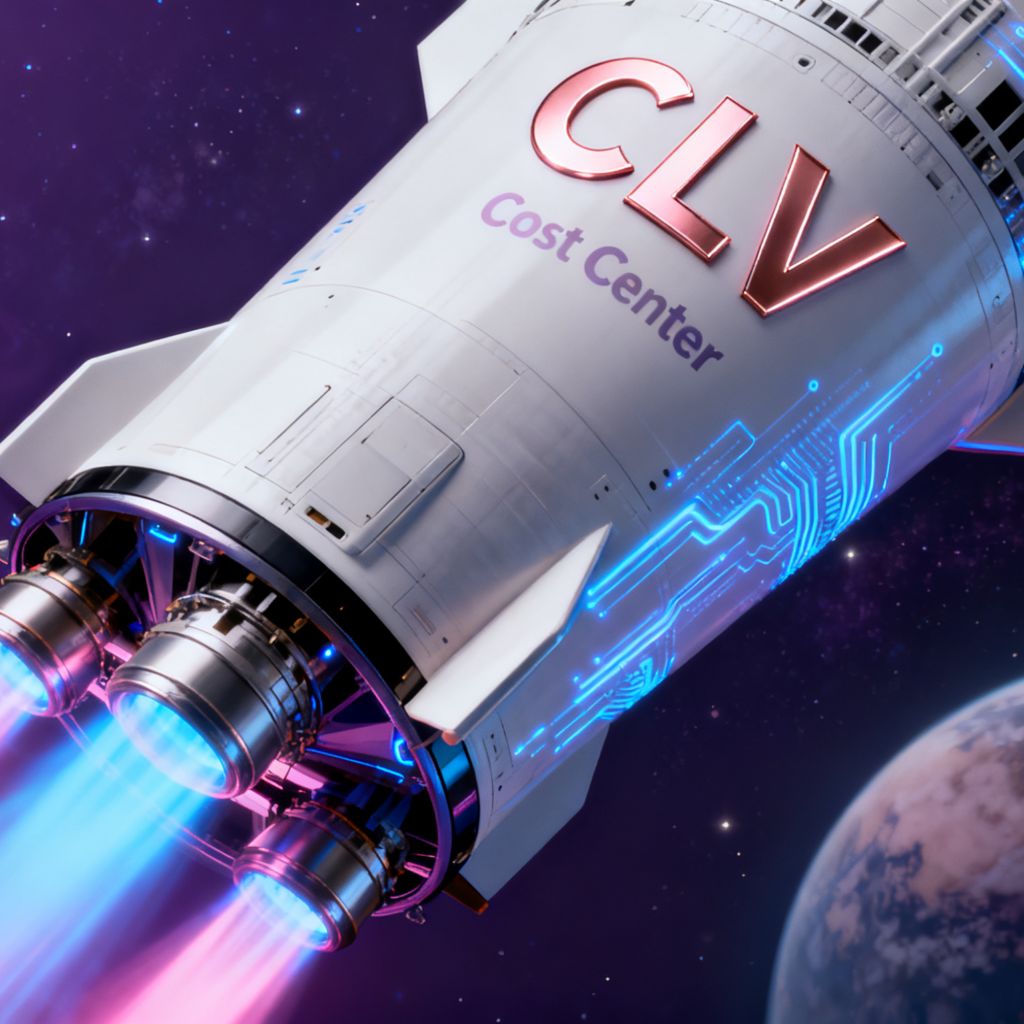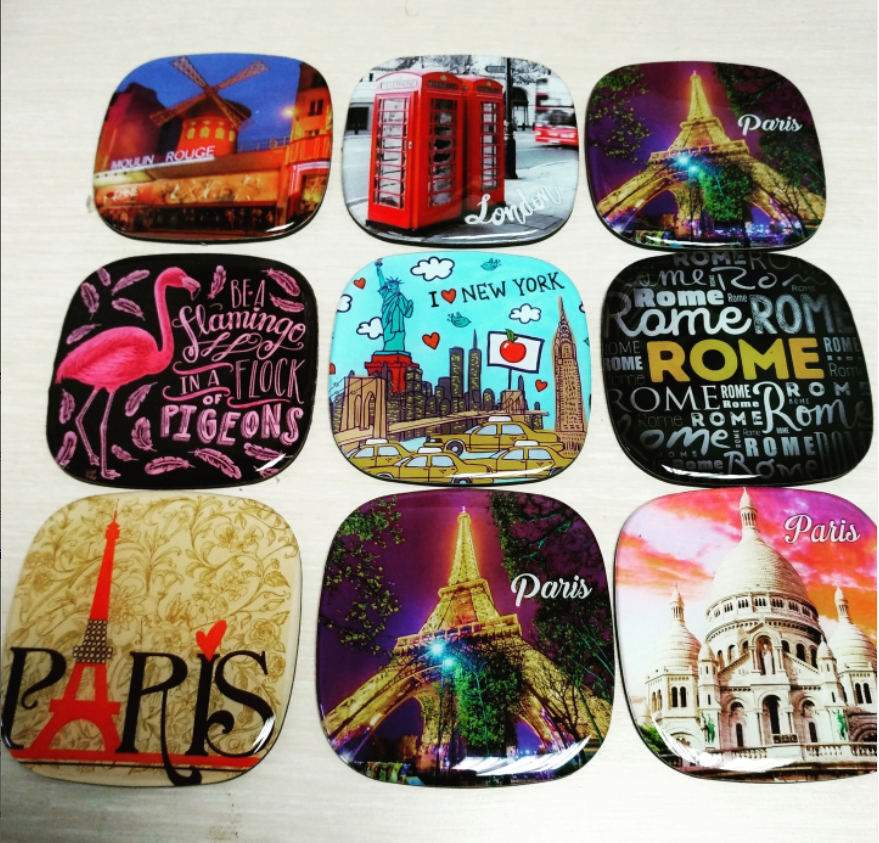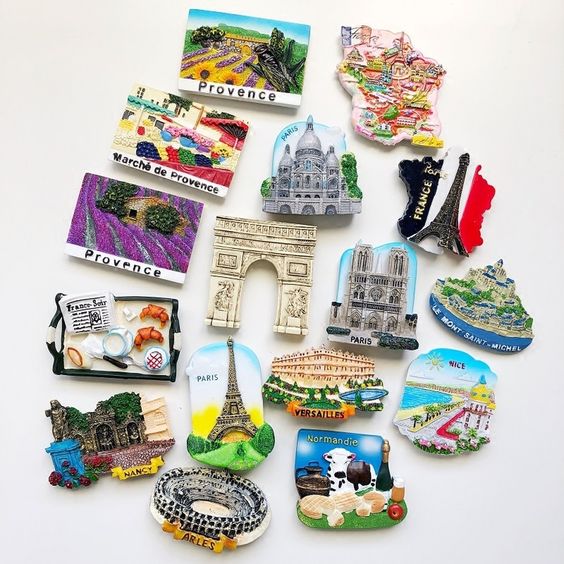I. Introduction: The Strategic Shift from Cost Center to CLV Accelerator
In today’s hyper-competitive commercial landscape, the ability to sustain growth rests less on acquiring new customers and more on effectively retaining those already secured. This strategic pivot makes Customer Lifetime Value (CLV) the ultimate metric for measuring business health. CLV represents the total revenue a business expects to earn from a single customer relationship over its lifespan. When Customer Acquisition Costs (CAC) continue to climb across digital channels, retention becomes the most profitable engine of growth.
The challenge facing large-scale retailers and corporate brands is the persistent threat of customer attrition. Research indicates that churn rates remain alarmingly high, with general retail, in particular, seeing approximately 24% of customers discontinue service or purchasing annually. Stabilizing and growing CLV requires disruptive, durable strategies that move beyond ephemeral digital touchpoints to forge tangible, emotional bonds.
1.2. Defining Customization ROI: More Than Just a Logo, It’s a Relationship Investment
For decades, promotional products have been viewed reductively—often relegated to the category of a simple cost center, purchased primarily for trade show handouts or low-cost giveaways. However, forward-thinking Chief Marketing Officers (CMOs) and procurement leaders recognize that custom merchandise, when executed strategically, functions as a high-utility, long-term strategic asset: a CLV Accelerator.
The return on investment (Customization ROI) for customized goods is fundamentally different from digital advertising. It is not measured solely in immediate conversion rates but in the durability of the brand relationship. When an item is highly customized, functional, and of premium quality—such as a specific, durable polyresin tourist souvenir or high-end corporate tech—it ceases to be a mere tactical expense. It transforms into a tangible representation of brand value designed for utility and emotional resonance. The goal is to maximize
Branded Merchandise CLV.
1.3. The Thesis: How Tangible Customization Outperforms Ephemeral Digital Spend
The core distinction between investing in physical branded merchandise CLV and continuous digital campaigns lies in the nature of exposure. Digital advertising, whether programmatic display or paid social media, requires continuous, unrelenting investment to sustain visibility. The moment the budget is paused, visibility drops immediately to zero.
Conversely, physical custom merchandise provides compounding exposure at a one-time deployment cost. Once a customer receives a high-utility item, that item can generate high-quality brand interactions for months or even years. This long-term, non-depreciating exposure necessitates the use of a superior analytical metric: the
Cost Per Touchpoint (CPT). CPT shifts the focus from the initial capital outlay to the effective, long-term cost of each subsequent brand interaction, setting the stage for demonstrating the overwhelming financial advantage of tangible assets over fleeting digital impressions. This is the essence of achieving sustainable Promotional Product ROI.
II. Deconstructing Customer Lifetime Value (CLV) Through the Lens of Custom Goods
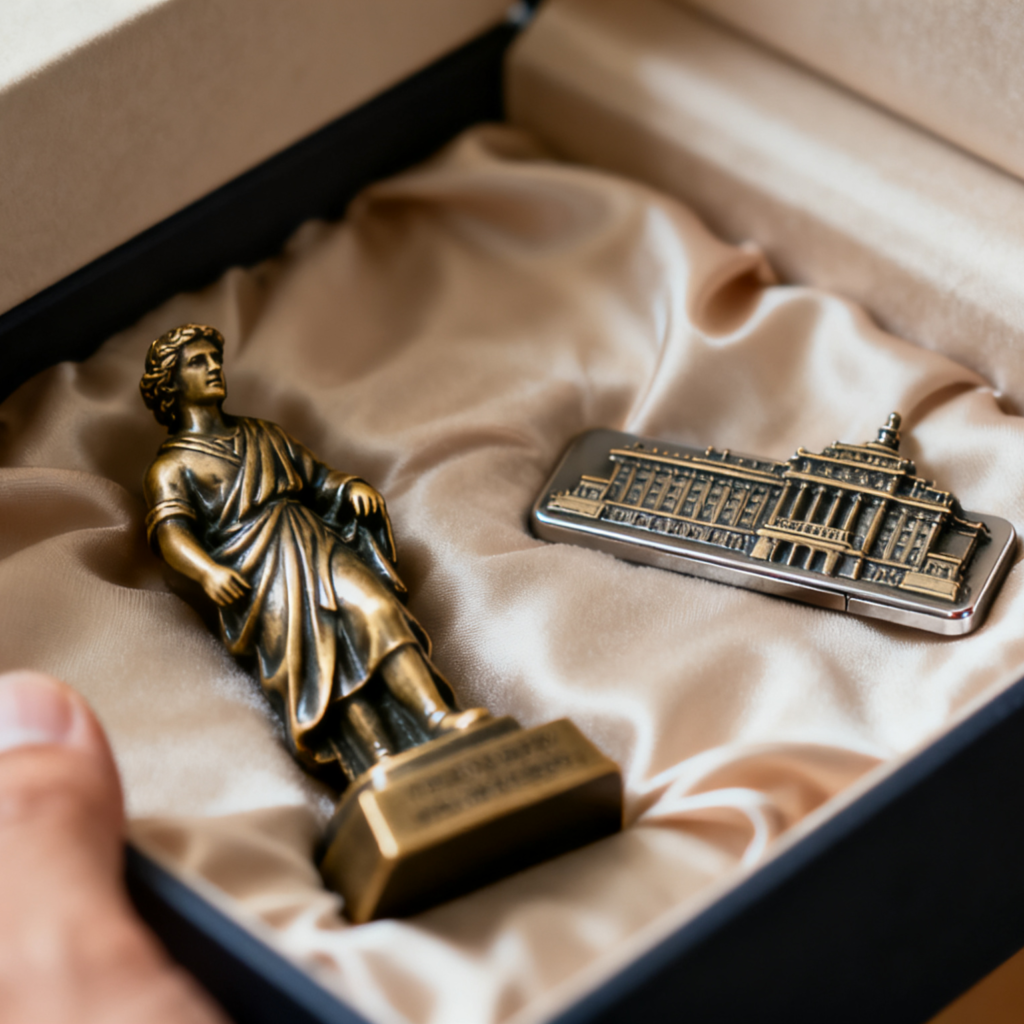
CLV is driven by three primary levers: customer retention rate, Average Order Value (AOV), and purchase frequency. Strategic use of promotional product ROI can systematically influence all three. High-quality custom goods act as psychological anchors that deepen customer loyalty, ensuring repeat purchases and resisting market pressures from competitors.
2.1. CLV Fundamentals: Retention Rate, Average Order Value (AOV), and Purchase Frequency
The evidence of merchandise’s intrinsic appeal is compelling. Consumer reactions studies show that the vast majority of people—8 out of 10—genuinely enjoy receiving promotional products, and 7 out of 10 wish they received them more often. This high level of intrinsic desire confirms that physical items carry a positive, powerful emotional value that is entirely distinct from the transactional nature of digital interactions.
Furthermore, high-value clients, who contribute disproportionately to total CLV, expect more than standard discounts; they expect to feel valued. Premium branded merchandise, such as thoughtful corporate gifts like travel backpacks or high-end Bluetooth speakers, serves as a powerful strategic tool to deepen these critical relationships, reinforce brand loyalty, and encourage subsequent referrals. This strategic approach is known as
Corporate Gifting Strategy CLV.
2.2. The Branded Merchandise Multiplier: How Physical Assets Impact Emotional Loyalty
Moving beyond the simple initial impression, custom merchandise facilitates two critical, long-term Branded Merchandise CLV benefits: Intentional Exposure and Exponential Pass-Along Value.
Intentional Exposure refers to the high quality of interaction afforded by utility. Unlike digital banner blindness, where consumers actively filter out ads, branded merchandise is used because it fulfills a practical need. The top promotional items most frequently purchased by retail buyers—Bags & Totes (36%), Drinkware (31%), and Hats & Caps (24%) —are inherently high-utility items. Their daily use guarantees recurring, high-quality interaction with the brand message over an extended period.
The second, and perhaps most powerful, effect is the Power of Pass-Along. A staggering 79% of people report passing along promotional products they no longer value—whether by regifting, selling, or donating them. This phenomenal rate transforms the item’s investment profile. The initial cost not only generates impressions for the original recipient but creates free, organic impressions and third-party advocacy when it moves to a new consumer. This means the cost metric effectively transitions from a
Cost Per Touchpoint (CPT) to an ultra-low Cost Per Acquisition/Referral (CPA/CPR) for the subsequent user, delivering unparalleled organic reach that digital platforms simply cannot replicate.
2.3. Strategic Deployment: Integrating Custom Products into Promotional Funnels
High-value custom products should not be deployed haphazardly. Since nearly 96% of people want to know in advance when a company is giving away promotional products , strategic deployment is essential to maximize anticipation and drive transactional success.
Merchandise acts as a powerful accelerator within the sales funnel. By integrating custom items into strategic discount strategies, such as attractive combination offers or tiered discounts, businesses can maximize savings for the customer while simultaneously increasing conversion rates and Average Order Value (AOV). For example, offering a high-value, exclusive custom keychain or branded tumbler only when a customer reaches a certain spend threshold leverages the intrinsic desire for the item to push up the transaction value. This also drives increased customer foot traffic, a phenomenon reported by 64% of companies after distributing branded merchandise.
III. Pillar 1: The Premium Perception — Customization as a Signal of Esteem
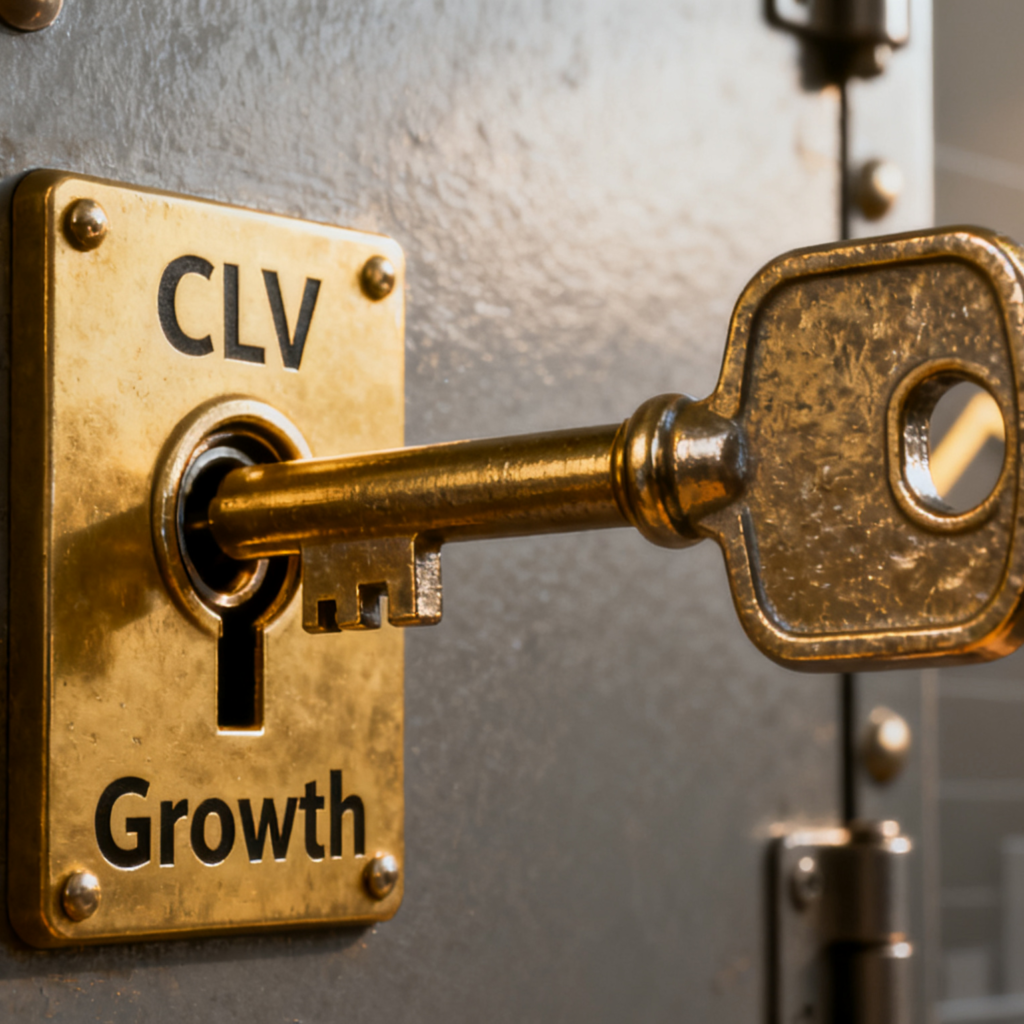
The efficacy of branded merchandise in boosting CLV hinges entirely on perceived quality. A physical item is a tangible, multi-year commitment to the brand identity. If the item is cheap or breaks quickly, the negative brand association damages the relationship and negates the entire marketing investment.
3.1. The Psychology of Gifting: Activating Reciprocity and Affection
The act of receiving a gift, especially one perceived as valuable and tailored, triggers the psychological principle of reciprocity. This creates a positive connection and a subtle, subconscious desire for the recipient to repay the gesture, usually through continued loyalty, repeat purchasing, and positive referrals. When a B2B client receives a premium custom gift set that is demonstrably high-quality, it signals esteem and strengthens the partnership far more effectively than a transactional email or a standard discount. This drives the long-term Customization ROI.
3.2. The Custom Difference: When Merchandise Becomes a Valued Keepsake (Not Clutter)
To maximize CLV, customization must emphasize manufacturing integrity. The product must be functional, durable, and visually appealing enough to avoid being discarded. Items like custom metal keychains wholesale or personalized office souvenirs must be manufactured to withstand daily use. The emphasis should be on utility, leveraging the inherent demand for items like Bags, Drinkware, and Hats which guarantee maximum usage and maximum brand exposure time.
3.3. OEM/ODM Reliability and Quality Control as CLV Differentiators
For the B2B importer, the quality of the wholesale supply chain is not merely an operational detail—it is a non-negotiable component of marketing ROI. The maximum potential return on investment is dictated by the longevity and perceived value of the product, which is directly tied to the Original Equipment Manufacturer (OEM) or Original Design Manufacturer (ODM) processes.
Material science plays a crucial role. For custom goods involving materials like polyresins, epoxies, urethanes, or silicones, the formulation expertise of the manufacturer is paramount. If the custom resin formulation lacks durability or fails to meet performance targets (e.g., poor thermal or chemical resistance), the product’s lifespan is shortened, the CPT spikes dramatically, and the negative brand association risks damaging the importer’s CLV with their own customers. Therefore, rigorous quality control and material sourcing transparency are not operational features; they are the fundamental
hidden levers that define the Customization ROI potential, specifically impacting OEM/ODM Merchandise Reliability.
IV. Data Deep Dive: Quantifying Customization ROI Against Digital Alternatives
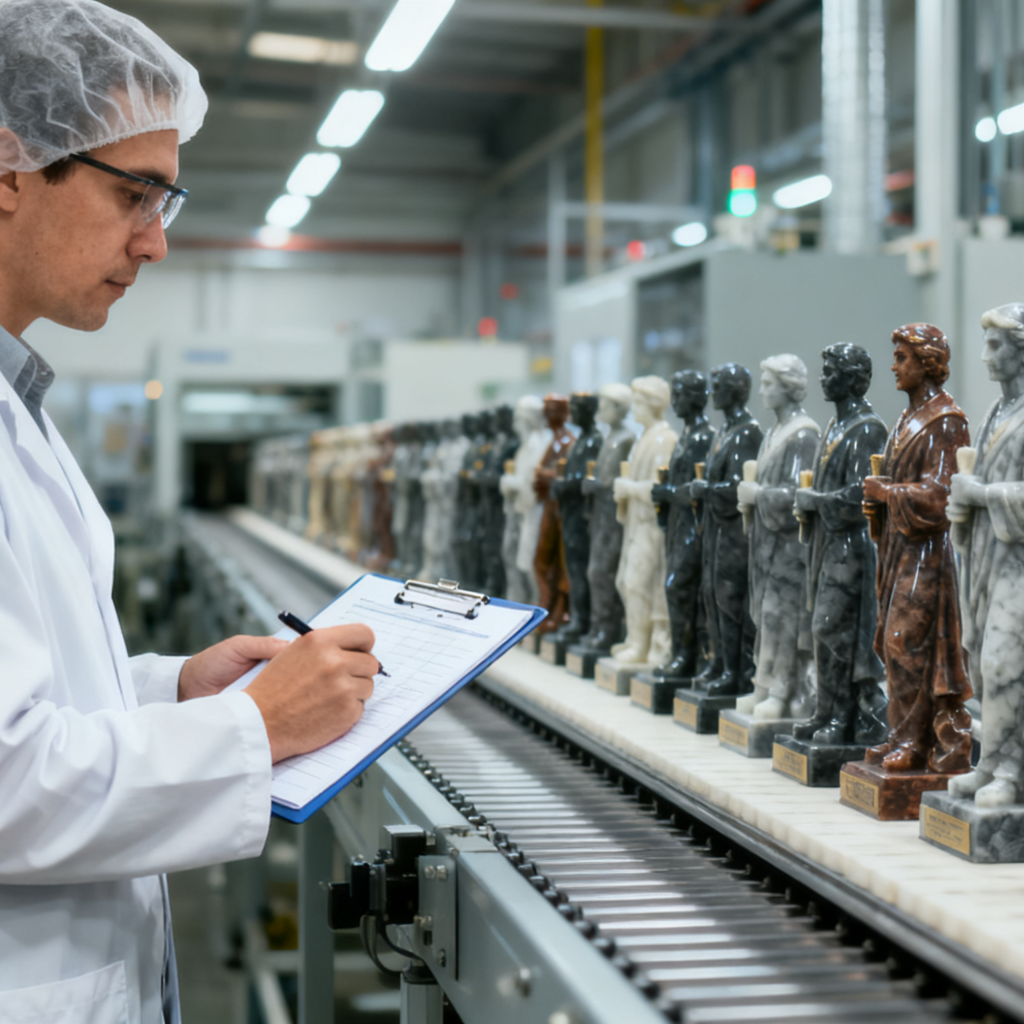
To justify large-scale investment in physical assets, B2B procurement managers require quantifiable data that moves beyond anecdotal evidence. The strategic advantage of custom merchandise becomes starkly apparent when comparing long-term cost metrics against continuous digital expenditure.
4.1. The Cost Per Touchpoint (CPT) Advantage: Comparing Long-Term Value
The concept of Cost Per Touchpoint (CPT) is defined as the total cost of the physical item divided by its estimated total lifetime exposure events or impressions. This metric directly counters the inherent weakness of digital advertising: the need for continuous, non-compounding capital expenditure. Digital ad visibility is rented; merchandise visibility is owned, resulting in compounding exposure at a one-time cost. This is the core argument for maximizing
Promotional Product ROI.
4.2. Mandatory Data Table: Direct Comparison of Cost Metrics and Longevity
The following table provides a quantitative justification by comparing established digital Cost Per Mille (CPM) benchmarks against the calculated CPT of physical merchandise, estimated conservatively over a multi-year lifespan. This illustrates the power of Cost Per Touchpoint (CPT) vs CPM analysis.
Quantifying Customization ROI: CPT vs. Digital CPM Benchmarks
| Metric | Digital Advertising (Average U.S. CPM) | Branded Merchandise (Estimated CPT) | Impact on CLV |
| Initial Investment Structure | Continuous, Campaign-Specific Operational Expense | One-time Bulk Purchase Capital Asset | Merchandise provides a fixed, locked-in cost basis. |
| Cost per 1,000 Impressions (CPM) | $4.63 (Influencer Avg.) to $14.40 (FB Avg.) | Est. $0.05 – $0.50 (Calculated over 1-5 Year Lifespan) | Branded merchandise offers a potential 95%+ cost reduction per exposure event over time. |
| Brand Retention Impact | Ephemeral, Requires Immediate Action | Long-term, Tangible Reinforcement | High. Physical presence significantly aids emotional memory recall. |
| Organic Reach (Pass-Along Value) | Near Zero | Extremely High (79% Regifted/Donated) | Exponentially increases free audience reach and third-party endorsement. |
| Role in Customer Journey | Upper Funnel (Awareness/Immediate Conversion) | Foundational (Onboarding/Retention/Loyalty/Referral) | Moves the brand interaction from transactional to foundational. |
4.3. Analyzing Long-Term Value: How Merchandise CPT Defies Inflation
Based on the quantitative comparison, the strategic shift for B2B buyers must involve recognizing that merchandise expenditure is a capital expense for a long-term asset, rather than an operational expense for a temporary service. Whereas Facebook Ads currently average a $14.40 CPM and influencer marketing averages $4.63 , the effective long-term CPT of a high-utility physical item—used frequently over three or more years—drives the effective cost per touchpoint down significantly, potentially below five cents per thousand impressions.
Furthermore, this capital investment provides a crucial defense against rising digital ad inflation. Once purchased and deployed, the cost of the custom item remains static and continues to deliver valuable, high-quality exposure for years. This amortization of cost over time creates a distinct financial advantage that continuous, inflationary digital spending cannot match, solidifying the power of Customization ROI.
V. Pillar 2: Operational Excellence — The B2B Engine of CLV for Custom Wholesale
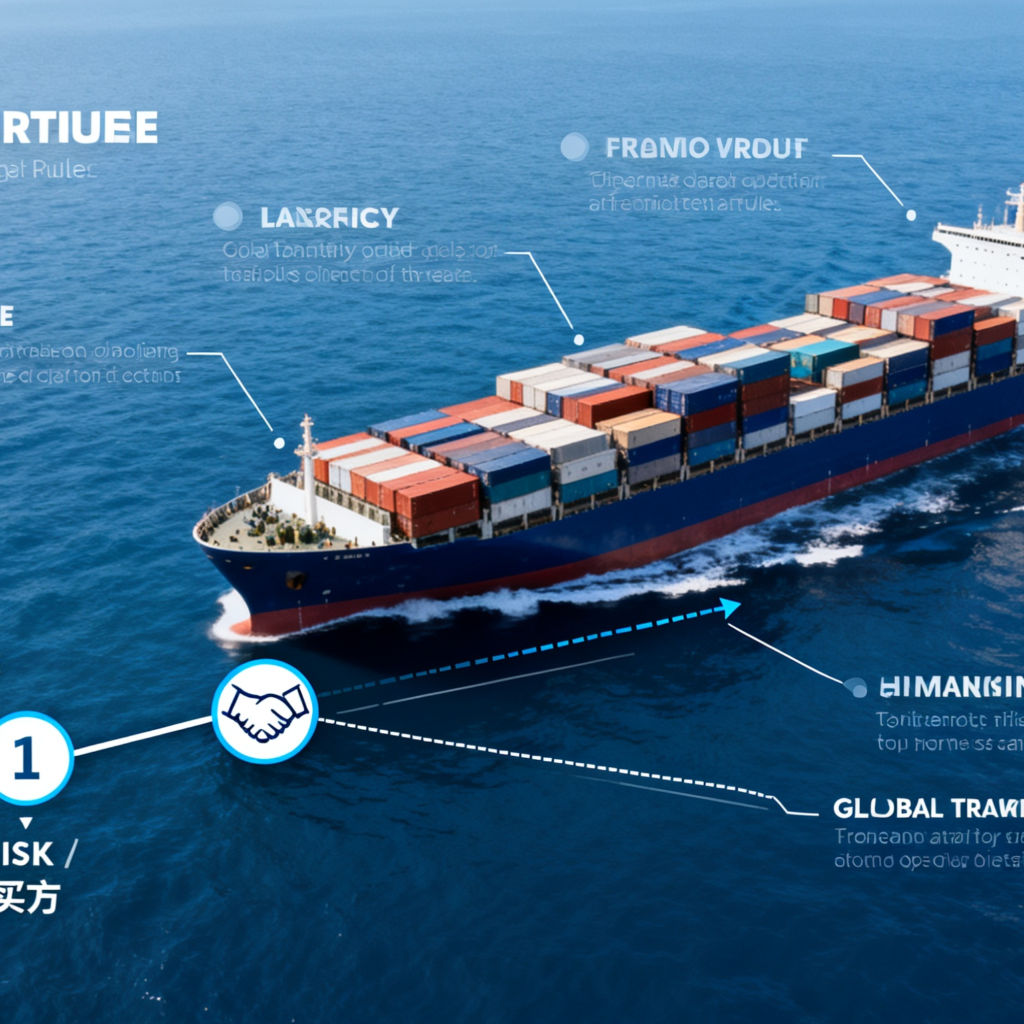
For high-volume B2B importers, the primary determinant of Customization ROI is the reliability and consistency of their wholesale supplier. A premium custom item is only as valuable as the supply chain that produced it. Operational excellence from the manufacturer is the foundation upon which the importer builds their own CLV with end-consumers. This is vital for B2B Custom Souvenirs Wholesale success.
5.1. The B2B Value Proposition: When the Supplier Becomes a Strategic Partner
In the B2B context, the value proposition must move beyond mere pricing to emphasize verifiable outcomes. A superior wholesale partner is not a commodity supplier but a strategic extension of the buyer’s quality control and brand management team. Manufacturers must demonstrate margin protection, scalability, and robust supply chain integration. The reliability of a manufacturer can be internally measured by metrics like the reorder rate, which for established wholesale suppliers can range significantly (e.g., 27% to 51%). A high reorder rate is a direct indicator of the manufacturer’s own CLV with the importer, demonstrating proven consistency and trust.
5.2. Proof of Value: Scalability, Experience, and International Capabilities
High-volume B2B buyers require complete confidence that their custom orders—whether large runs of polyresin tourist souvenir bulk or bespoke figures—can be scaled internationally without quality variance. This confidence is established by demonstrating experience (“Trusted by global manufacturers to manage over 1,000 partner programs”) and competitive differentiators that go beyond basic product features.
The manufacturer must articulate their specialized material formulation expertise, such as the ability to design custom products using specialized epoxies, urethanes, or silicones that meet unique performance and quality requirements. This transparency regarding quality assurance ensures the buyer’s investment in custom branding is protected from material failure, which would otherwise undermine their customer relationships.
5.3. OEM/ODM Reliability as a Foundation for Importer CLV
The quality and reliability of the OEM/ODM process are the primary barriers to downstream CLV erosion. If a supplier provides inconsistent quality, delayed shipments, or insufficient material integrity, the subsequent distribution by the importer will lead to customer dissatisfaction and decreased repeat purchases.
Therefore, the manufacturer’s operational strength—evidenced by metrics like rapid average response times (e.g., less than two hours ) and high on-time delivery percentages (e.g., 99.0% or 100.0% )—must be a central part of the value proposition. When the manufacturer delivers reliably, they minimize the importer’s risk, allowing the importer to focus on marketing and distribution, thereby maximizing the return on their
Customization ROI and bolstering OEM/ODM Merchandise Reliability. B2B buyers should demand a factory audit checklist that includes Human Resources, Management Systems, and Production Line checks.
VI. Mitigating Risk: Supply Chain Transparency and CLV in Custom Goods
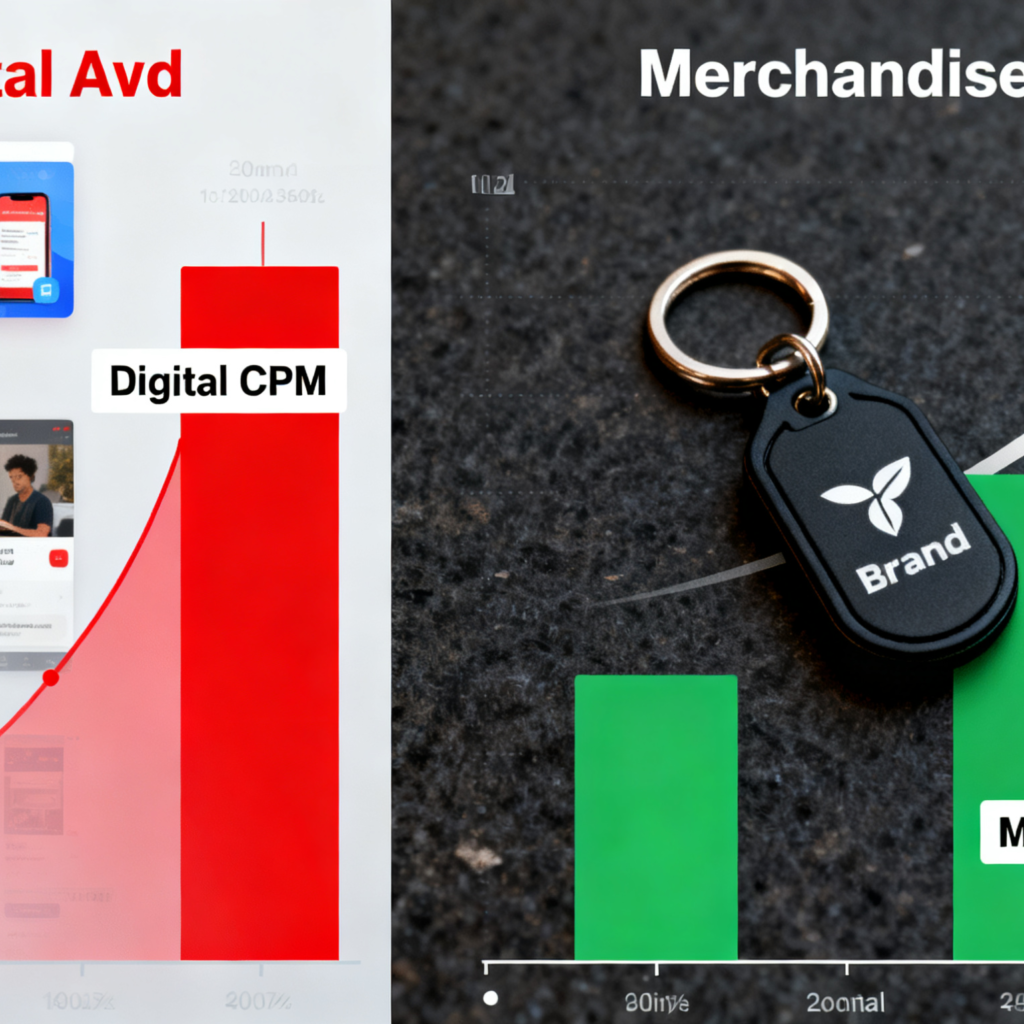
The final stage in securing long-term CLV is ensuring a seamless, trustworthy delivery experience. For the end consumer, the delivery experience is fundamentally intertwined with brand loyalty. A study found that poor communication about delivery status negatively impacts Customer Lifetime Value. Therefore, logistics certainty is not merely a cost factor; it is a high-level B2B sales differentiator.
6.1. The Direct Link Between Delivery Satisfaction and Customer Loyalty
Delivery consistency is the foundation of trust. Customers expect orders to arrive when promised and undamaged. For the
B2B Custom Souvenirs Wholesale importer dealing with bulk custom goods, optimization at every stage—from packaging standards to carrier selection—is necessary to prevent damaged goods and costly reshipments. Failed deliveries do not just frustrate end-users; they hurt the importer’s bottom line through wasted inventory and refund requests, cutting directly into profitability.
6.2. Faster Shipping, AI-Driven Logistics, and Proactive Communication
To increase repeat purchases, faster shipping and proactive communication are vital. Manufacturers utilizing modern logistics can leverage technology to reduce transit times and provide the visibility customers demand. Providing platforms that offer real-time tracking, proactive updates, and AI-driven insights gives both the B2B buyer and the end-consumer full transparency into their shipments. This certainty reduces customer anxiety and reinforces the brand’s reliability.
6.3. Mastering International Trade: Understanding Incoterms and Risk Transfer
For B2B Custom Souvenirs Wholesale transactions, the negotiation and clarification of Incoterms rules are paramount for managing risk and cost. Incoterms, published by the International Chamber of Commerce (ICC), define the various obligations of the seller and the buyer, specify which party bears the costs associated with shipment, and, most critically, clarify the precise point at which the risk of loss or damage transfers from the seller to the buyer.
A strategic manufacturing partner educates the buyer on the appropriate Incoterm (e.g., aligning the risk transfer point with the carriage method for containerized goods). Incoterms 2020 includes seven terms for any mode of transport (EXW, FCA, CPT, CIP, DAP, DPU, DDP). By establishing logistics certainty and clearly managing the transfer of risk through formalized standards, the manufacturer minimizes the buyer’s exposure to unforeseen costs and potential supply chain disruptions. This high level of risk management transparency builds the deep B2B trust necessary for securing and maintaining a high CLV with the wholesale buyer, leveraging the correct
Incoterms B2B Custom Souvenirs strategy.
VII. Strategic Deployment: Mapping Custom Merchandise to the Retention Funnel
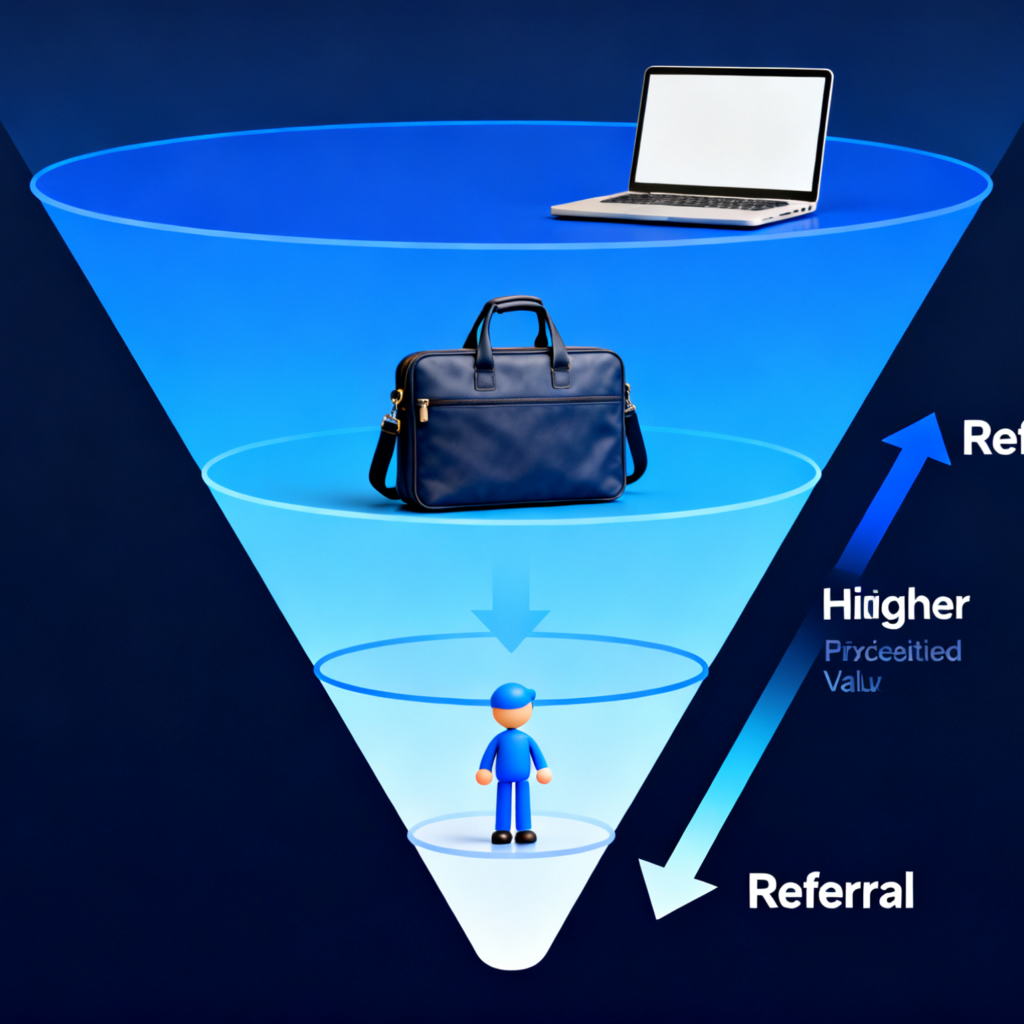
The highest Customization ROI is achieved when branded items are integrated into specific phases of the customer journey, moving beyond generic distribution to purposeful deployment.
7.1. Customer Acquisition: Driving Foot Traffic and Initial Conversion
Custom merchandise should be used as a high-value incentive to transition prospective customers from ephemeral online interest to physical interaction. Offering highly desired items, such as branded bags and totes (a category purchased by 36% of buyers ), can effectively incentivize sign-ups, event attendance, or initial store visits. This strategy ensures the initial exposure is tangible and moves the lead immediately into a higher-value physical touchpoint.
7.2. Customer Onboarding: High-End Client Gifts
For B2B relationships or high-value retail clients, the moment immediately following the first sale or partnership initiation is critical. Deploying premium items—such as high-quality tech gear or personalized unique souvenir sets —at this stage signals high esteem and solidifies the relationship. This proactive appreciation, often through a dedicated
Corporate Gifting Strategy CLV, establishes loyalty before the first major service challenge might arise, protecting the investment.
7.3. Retention and Loyalty: Encouraging Repeat Business
Branded merchandise excels as a tiered reward system for fostering retention. Items can be integrated into strategic discount combinations to maximize conversion rates on new collections or to encourage purchasing during traditionally slow seasons. For existing loyal customers, providing exclusive, premium branded merchandise can serve as a powerful differentiator that encourages them to choose the brand over a competitor, directly boosting purchase frequency and reinforcing the
Branded Merchandise CLV.
7.4. Referral Incentives: Leveraging Premium Custom Items for Advocacy
The compounding nature of promotional product exposure is fully realized in referral programs. By offering ultra-premium, highly personalized items exclusively to customers who successfully refer new business, the brand leverages the item’s high utility and visible quality. This ensures the reward itself acts as a strong, compelling brand ambassador, driving acquisition through trusted social advocacy.
VIII. Actionable Roadmap for Maximizing Custom Merchandise ROI
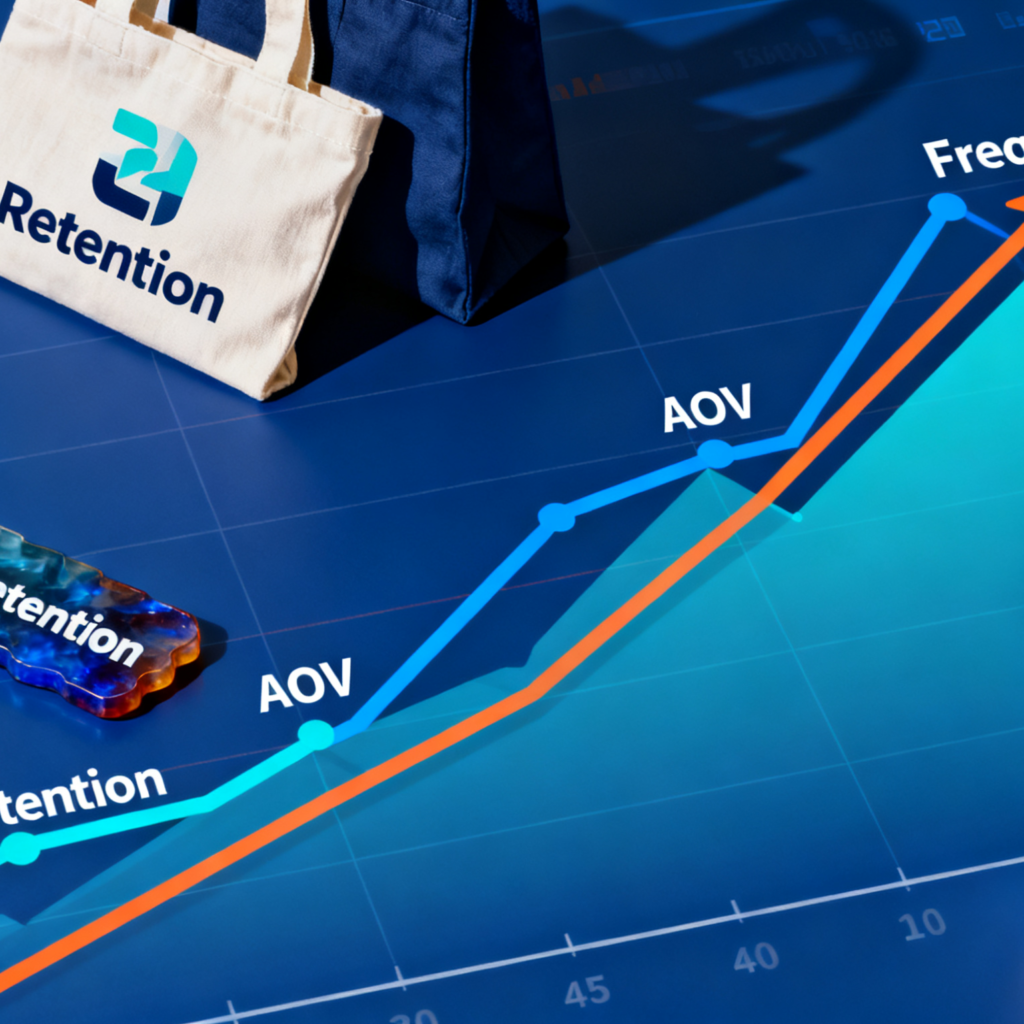
Achieving maximum Promotional Product ROI requires a disciplined approach that prioritizes longevity and strategic supplier partnership over simple cost minimization.
8.1. Choosing the Right Custom Category: High-Utility Items that Guarantee Exposure
CMOs and procurement teams must prioritize items that are proven to be high-demand and high-utility to guarantee the highest CPT yield. Analysis shows that the core product categories—Bags & Totes (36% of purchases), Drinkware (31%), and Hats & Caps (24%) —are prioritized because they are used frequently and publicly. Focusing investment on these categories maximizes the frequency of brand exposure, thus driving the effective
Cost Per Touchpoint (CPT) down to its lowest possible point.
8.2. The Importance of Minimum Viable Quality: Avoiding Cheapness that Damages CLV
A critical error in customization strategy is prioritizing the lowest unit cost over material quality. As demonstrated, the value of the custom item is entirely dependent on its perceived quality and longevity. A cheap item that breaks quickly not only fails to deliver on the required long-term exposure but actively generates negative CLV by associating the brand with poor quality. Decision-makers must demand proof of value, quality assurance certifications, and expertise in material integrity (e.g., custom polyresin formulation for specific durability needs) to ensure the investment serves its intended purpose as a CLV booster, strengthening
OEM/ODM Merchandise Reliability.
8.3. Leveraging Supplier Expertise: Outsourcing Custom Design and Logistics
To mitigate risk and maximize internal focus, B2B buyers should partner with manufacturers who offer a complete, end-to-end service. A strategic partner should provide comprehensive custom design, robust OEM/ODM production standards, third-party quality verification, and guaranteed Incoterms-compliant logistics. By outsourcing the complexities of material formulation, quality control, and international risk assessment, the importer minimizes internal logistical risk and maximizes the efficiency of their capital investment in long-term branded assets. This is essential for scaling
B2B Custom Souvenirs Wholesale operations successfully.
IX. Conclusion: The Definitive Case for Customization as a CLV Investment
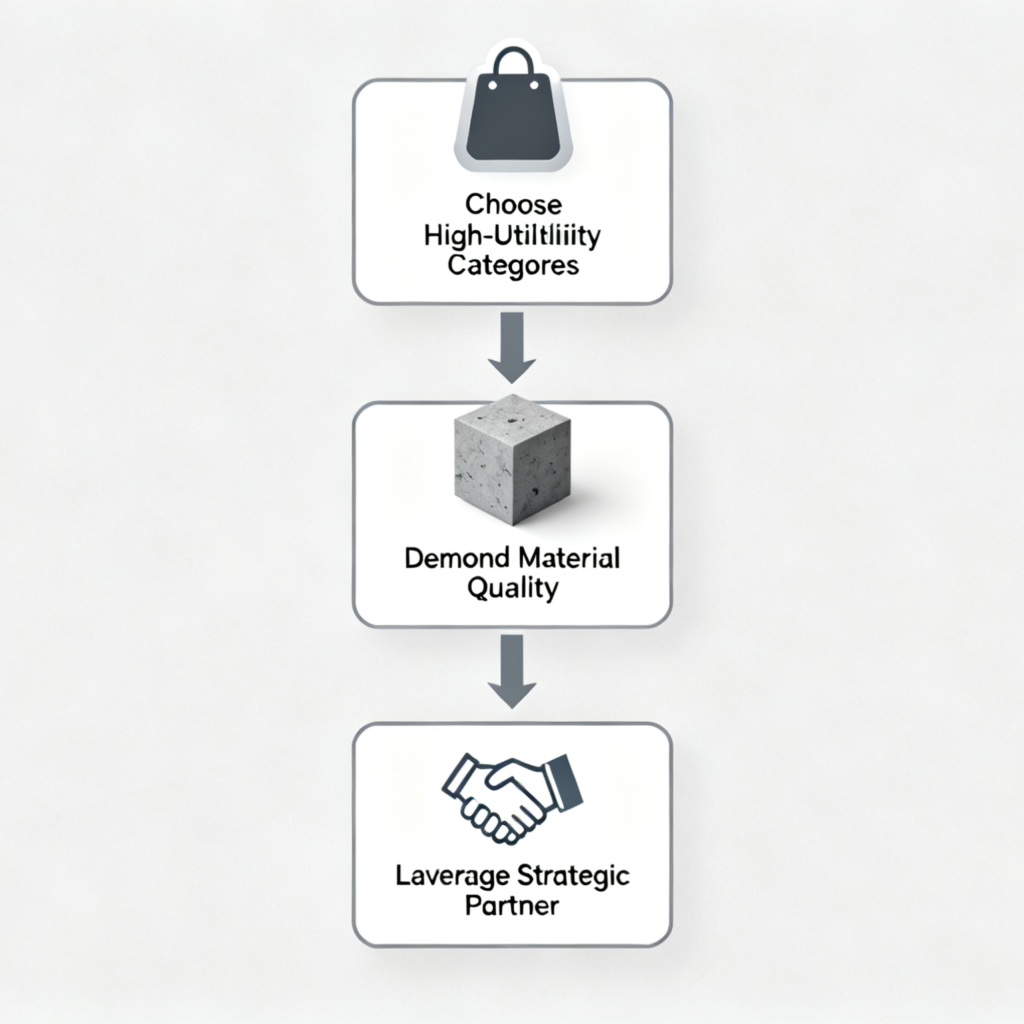
The evidence is overwhelming: the tangible, compounding exposure delivered by high-quality branded merchandise CLV systematically outperforms the short-term, continuous investment demanded by traditional digital media. Customization ROI is fundamentally about understanding relationship physics—physical presence creates durable emotional bonds and verifiable long-term value that ephemeral digital media cannot replicate.
The strategic decision for corporate leaders is clear: rather than viewing promotional merchandise as a tactical, disposable expense, it must be recognized as a capital investment in a high-utility, long-term brand asset. By focusing on quality OEM/ODM Merchandise Reliability in production, leveraging the low Cost Per Touchpoint (CPT) advantage over high digital CPMs, and demanding supply chain certainty formalized through tools like Incoterms B2B Custom Souvenirs, businesses can confidently shift their budgets from fleeting attention-grabbing tactics to foundational, long-term asset creation. Partnering with reliable, quality-focused custom manufacturers is the essential step toward securing verifiable, exponential growth in Customer Lifetime Value.
- Beyond the Canton Fair: Vetting and Auditing Your Ideal Custom Manufacturer Remotely - October 15, 2025
- Seasonal Sourcing Strategies: Optimizing Inventory Flow for Peak Tourist Demand (Summer & Holidays) - October 8, 2025
- Customization ROI: Why Branded Merchandise Drives Higher Customer Lifetime Value (CLV) - October 2, 2025
